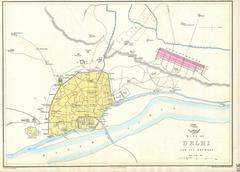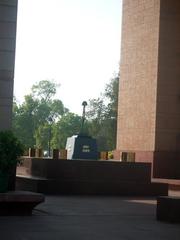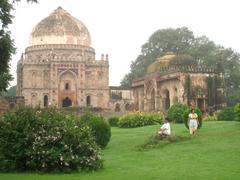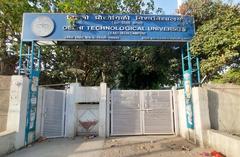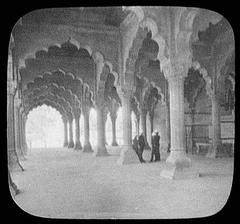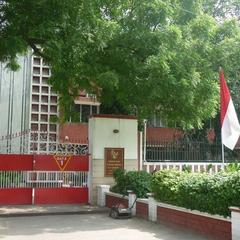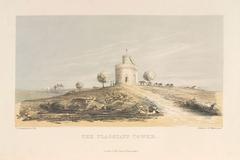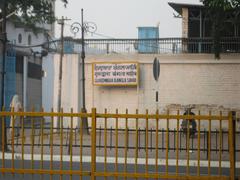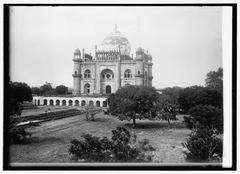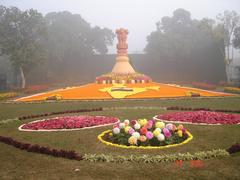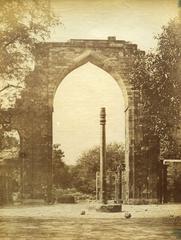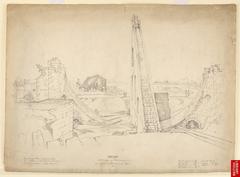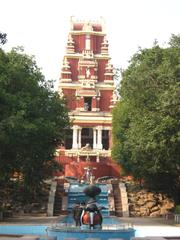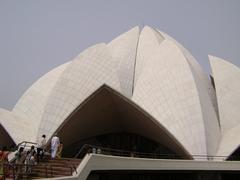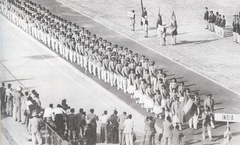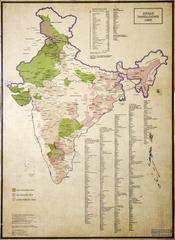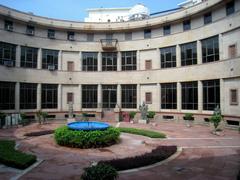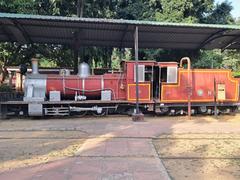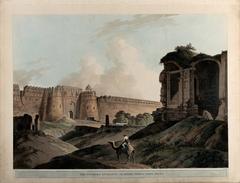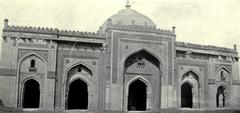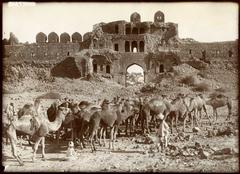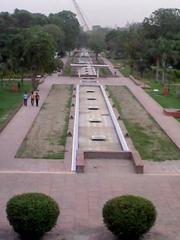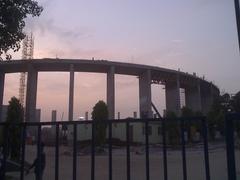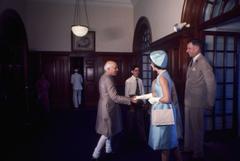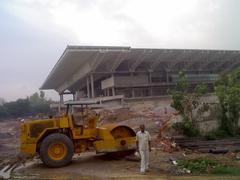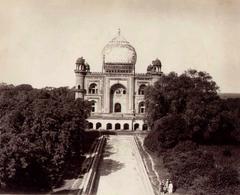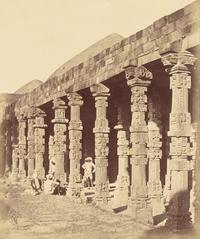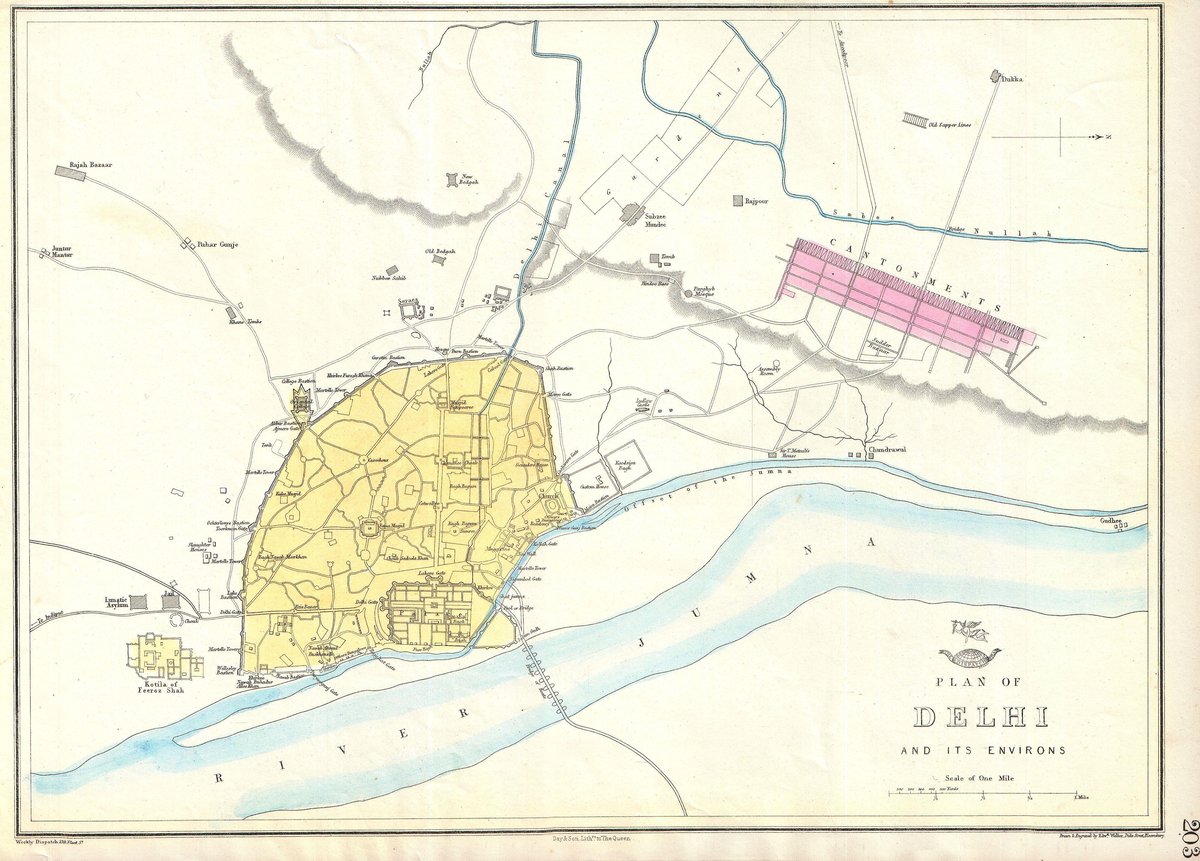
Yamuna Ghat Visiting Hours, Tickets, and Travel Tips
Publication Date: 18/07/2024
Introduction: Discover the Charm of Yamuna Ghat
Table of Contents
- Introduction
- History and Significance
- Visitor Information
- Travel Tips and Nearby Attractions
- Challenges and Conservation Efforts
- Conclusion
- FAQ
History and Significance
Mughal Influence and Architectural Legacy
The Mughal era, known for its architectural grandeur, left an indelible mark on the Yamuna Ghat. Emperors like Shah Jahan, renowned for his aesthetic sensibilities, commissioned the construction of several ghats along the riverbank. These ghats, often built with red sandstone and adorned with intricate carvings, reflected the opulence and artistry of the Mughal period.
Spiritual Significance and Ritualistic Practices
For Hindus, the Yamuna River holds immense spiritual significance, believed to possess the power to cleanse sins and bestow blessings. The Yamuna Ghat, therefore, became a sacred site for performing religious rituals and ceremonies.
One of the most important rituals performed at the ghat is the Kartik Snan, a holy dip in the Yamuna River during the Hindu month of Kartik (October-November). Thousands of devotees gather at the ghat during this time, seeking spiritual purification and blessings.
The ghats also serve as a poignant setting for cremation ceremonies. Hindus believe that the soul finds liberation when the ashes are immersed in the sacred waters of the Yamuna.
Visitor Information
Visiting Hours
Yamuna Ghat is open to visitors from early morning until late evening. The best time to visit is during the early morning or late afternoon to avoid the heat and catch the serene atmosphere.
Ticket Prices
There is no entry fee for visiting Yamuna Ghat. However, if you wish to partake in specific rituals or hire a guide, there may be associated costs.
Accessibility
The ghat is accessible by public transportation, including buses and auto-rickshaws. Parking facilities are limited in the vicinity.
Travel Tips and Nearby Attractions
Best Time to Visit
Early mornings and late afternoons provide a peaceful and picturesque experience.
Nearby Attractions
Red Fort, Chandni Chowk, and Raj Ghat are some of the notable sites located near Yamuna Ghat, making it convenient for visitors to explore multiple historical landmarks in one trip.
Photography Spots
The ghats offer excellent opportunities for photography, especially during sunrise and sunset when the light creates a magical ambiance.
Challenges and Conservation Efforts
Despite its historical and spiritual significance, the Yamuna Ghat faces significant challenges. Pollution in the Yamuna River poses a serious threat to the ecological balance and the sanctity of the ghats. Encroachment and unplanned development further exacerbate the situation.
Recognizing the urgency, various government and non-governmental organizations have initiated conservation efforts. These include cleaning drives, awareness campaigns, and initiatives to restore the ecological health of the Yamuna River.
Conclusion
The Yamuna Ghat, with its ancient roots, architectural splendor, and enduring spiritual significance, stands as a timeless legacy in the heart of Delhi. It serves as a poignant reminder of the city’s rich past, its vibrant present, and its enduring connection with the sacred Yamuna River.
FAQ
What are the visiting hours for Yamuna Ghat?
Yamuna Ghat is open from early morning until late evening.
How much are tickets for Yamuna Ghat?
There is no entry fee for visiting Yamuna Ghat.
What is the best time to visit Yamuna Ghat?
The best times to visit are early morning and late afternoon.
Call to Action
Stay updated on the latest news and events at Yamuna Ghat by downloading our mobile app, following us on social media, or checking out other related posts on our website.
